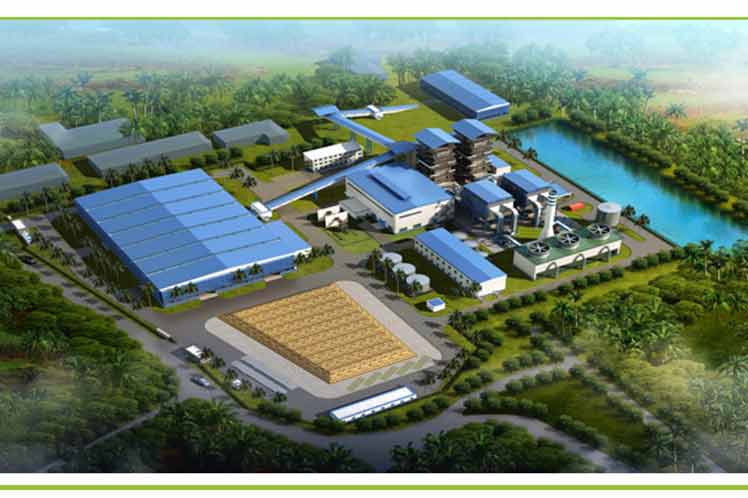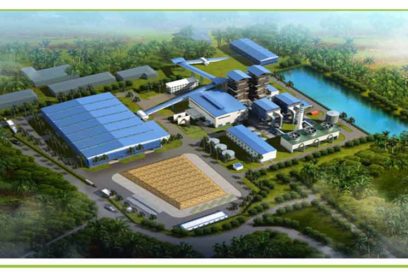
Bioelectrical plants -among the main sources to take advantage of the energy potential of sugarcane biomass- are today the elite program of this industry worldwide.
With an investment of 186 million USD, Cuba began the construction of a bioelectrical plant at Ciro Redondo sugar mill, 266 miles east of Havana.
It is one of the most important projects on the island with the participation of foreign capital, as announced during the laying of the foundation stone.
The facility will be built with the participation of the joint venture Biopower Ltd, made up of Havana Energy Limited (based in Guernsey, UK), and Zerus Ltd, a Cuban company created to develop businesses with foreign capital, sponsored by the Azcuba Sugar Group.
According to the general director of Zerus Ltd, Francisco Lleó, the bioelectrical plant will generate 62 megawatts after its opening in December of 2019. It will generate electricity from sugarcane bagasse, and when the sugar harvest ends, it will use sicklebush (Dichrostachys cinerea) as raw material, Lléo said during the ceremony.
ORIGIN
In May 2016, Biopower Ltd and the Institute of Mechanical and Electrical Engineering of Shanghai (Simee), based in China, signed the contract to undertake the Ciro Redondo Biomass Energy Generation Project.
According to the director of Electricity Generation of Azcuba, Bárbara Hernández, the project does not include the improvement of the existing facilities, but the setting up of a plant with leading-edge technology.
Worldwide, the sugarcane industry use boilers of 85-90 bars and 85 percent efficiency of extraction-condensation turbogenerators to generate high-value steam and convert it to heat and electricity by cogeneration during the sugarcane harvest.
The bioelectrical plant is located in an area of five hectares, near the Ciro Redondo sugar mill. The workforce for the construction of the plat will reside in the area near the factory and in associated sugar communities.
MAIN ADVANTAGES
Increase of national capacity for power generation from renewable biomass and diversifying and adding value to sugar production are among the main advantages of this project.
The plant will also increase efficiency, ensure the production of sucrose, reduce costs, increase the use of renewable sources to add to the national power grid, replace imported renewable fuels, improve the environment and introduce new technologies.
The plant will also positively impact on the environment, since it generates clean energy from renewable sources, and therefore it reduces greenhouse gases levels in the atmosphere.
The use of sicklebush, a legume considered an excellent fuel, which has invaded millions of cultivable hectares in Cuba, as biomass where there’s no sugar harvest will also contribute to rid the fields of an invasive plant thus helping the farmers.
This project is part of the strategy of the authorities of the Cuban energy industry to change the matrix of power generation, save non-renewable fuel and reduce its excessive dependence on imported oil.
According to Lleó, 11 of the 25 bioelectrical projects have already identified their partners and sources of funding.
The project consists of the construction, assembly and setting up of energy plants of 20, 35, 50 and 60 megawatts over the whole country. It also open new investment opportunities to interested companies through the Cuban Foreign Investment Law.
The improvement of the technology at the sugar mills will generate greater surplus energy to reduce the consumption of steam and electricity and ensure the availability of biomass.
The project envisions setting up efficient plants to generate 950 megawatts to help create surplus electricity. The sugar agroindustry in Cuba nowadays generates 750 megawatt an hour, which represents 81 percent of all energy from renewable sources in the country and 3.5 percent of the national energy system. (Taken from Prensa Latina)


